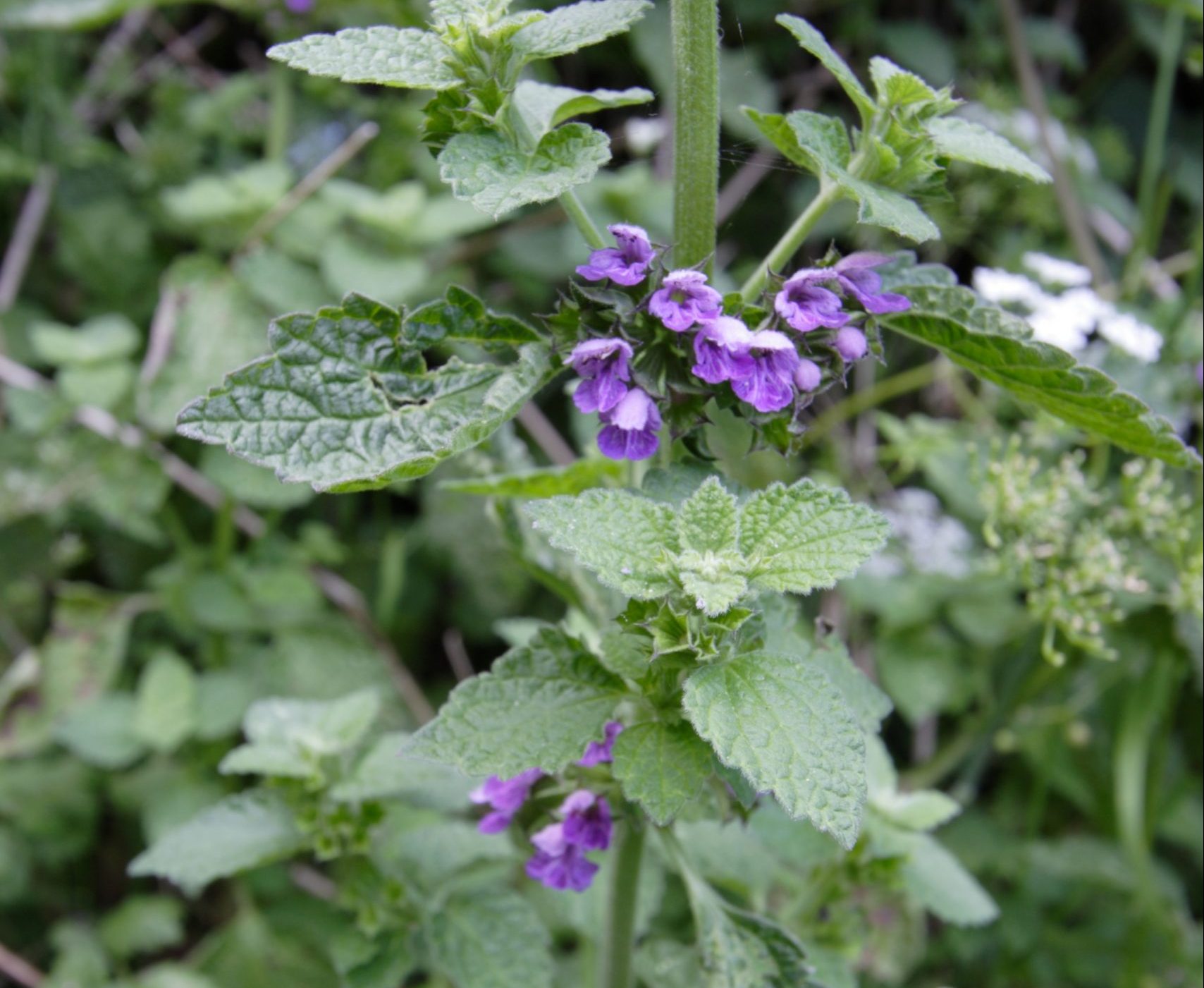Description
Black Horehound is one of many species of the dead-nettle to be found in Britain. It can be distinguished from the rest by its hairy, toothed edges oval or heart-shaped leaves that have a habit of turning black after the plant has flowered. The pinkish purple flowers are two-lipped with the lower lip having three lobes. These flowers are arranged in whorls around the top of the leafy stem are in bloom from June to September.
Habitat Information
Black Horehound is a short-lived perennial. It is probably not native to Britain however there is archaeological evidence that it has been with us since at least the Iron age. It prefers nutrient-rich soils subject to a degree of disturbance and can be found in habitats such as waste ground, road verges, hedgerows and arable field margins.
The flowers of black horehound are attractive to bees.
Growing Information
Can be sown at any time of the year although autumn or early spring are preferable.


